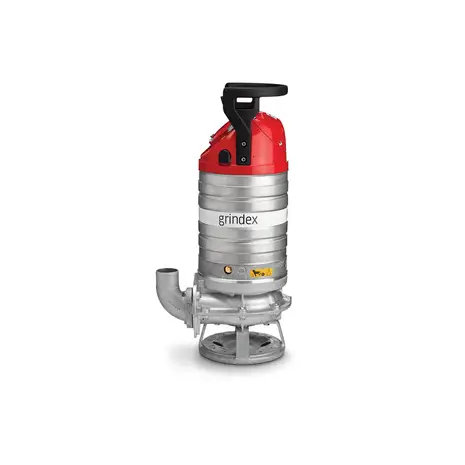
Kinder Australia is helping quarries protect one of their expensive assets – conveyor belts.
The Australian sun is relentless, with some of the highest levels of ultraviolet (UV) radiation in the world.
According to the Cancer Council, the UV radiation is strong enough to cause sunburn in as little as 11 minutes on a fine summer day.
For people, avoiding the damaging rays can be as simple as “slip, slop, slap,” but the same can’t be said about conveyors.
Usually located outside conveyors need to bear the brunt of the elements. Conveyor belts – which are usually the most expensive part of the conveyor – are susceptible to UV and heat. It can cause cracking, or delamination of the top cover, significantly shortening the equipment’s life.
Sean Kinder, business development manager at Kinder Australia, told Quarry that to avoid costly downtime and repairs, quarries can cover up and protect their conveyors with the K-AllShelter.
“K-AllShelter Conveyor Covers have been designed to provide complete and reliable coverage of the conveyor,” he said.
“K-AllShelter Conveyor Belt Covers are manufactured using a wide range of optional materials and engineered as a waterproof, durable barrier.”
It’s not just the sun and heat that can disrupt a quarrying operation. Rain, hail, and sleet can alter the consistency and quality of the conveyed materials.
Kinder points to the example of a concrete plant that needs to keep its moisture levels consistent to maintain the relevant specification. Heavy rains would make this impossible, pausing critical production time.
Rain can also create downstream production issues, including screen blinding and clogging issues. Moist materials can also cause hang up in chutes, blocking material flow and creating a spillage risk. In extreme scenarios, the wind and rain could even wash the material off the belt.
Kinder said the K-AllShelter can be custom made to suit all belt widths and models.
“It depends on what you’re trying to do – are you just looking to keep the product dry, or are you looking to protect it from the wind? Is the cover being used as a guard? Are you looking to reduce dust?” he said.
“We can change the shape of the cover to fit almost any application. Our team will visit the site and inspect the conveyor, taking measurements and acquiring drawings. From there, we can create a digital model before beginning the manufacturing process.”
“When it is installed, we can also paint the cover to fit with the rest of the environment. If it’s in a more arid area, we can help it blend into the surrounding colours.”
The conveyor belt covers can be designed and manufactured using a wide range of high-performance materials including galvanised steel, pre-lacquered steel, stainless steel and aluminium and fibre reinforced polyester.
Covering the conveyor is also beneficial to operators from a safety perfective. Moving parts are covered effectively, and dust is contained safely within the covers. It features a patented double lock/hinge system, which allows access from either side of the conveyor.
Service props and struts also come in varying designs, shapes, and sizes. These handy tools allow operators to gain access inside the cover to conduct routine maintenance.
Service props are fully adjustable systems that hold up the conveyor belt cover safely and securely so that any maintenance inside the covers can be easily performed.
Kinder has had positive feedback.
“The sites that have generally ordered a sample to be installed on one conveyor have come back to have them installed on others,” he said.
“The sites are comfortable using them and they can see the value the protection brings.”
The K-AllShellter also feature a dust-tight seal that prevents dust from escaping the conveyor. This also prevents dust from entering the conveyor system and causing damage to the components.
Kinder said eliminating spillage and dust is vital for the company, and one of the reasons it is focusing on the K-AllShelter.
“We are always looking for ways to cut down on the amount of labour our customers need to do. Eliminating spillage means there is less time spent cleaning around the conveyors, and more time focused on tasks that add value.”
For more information visit kinder.com.au










